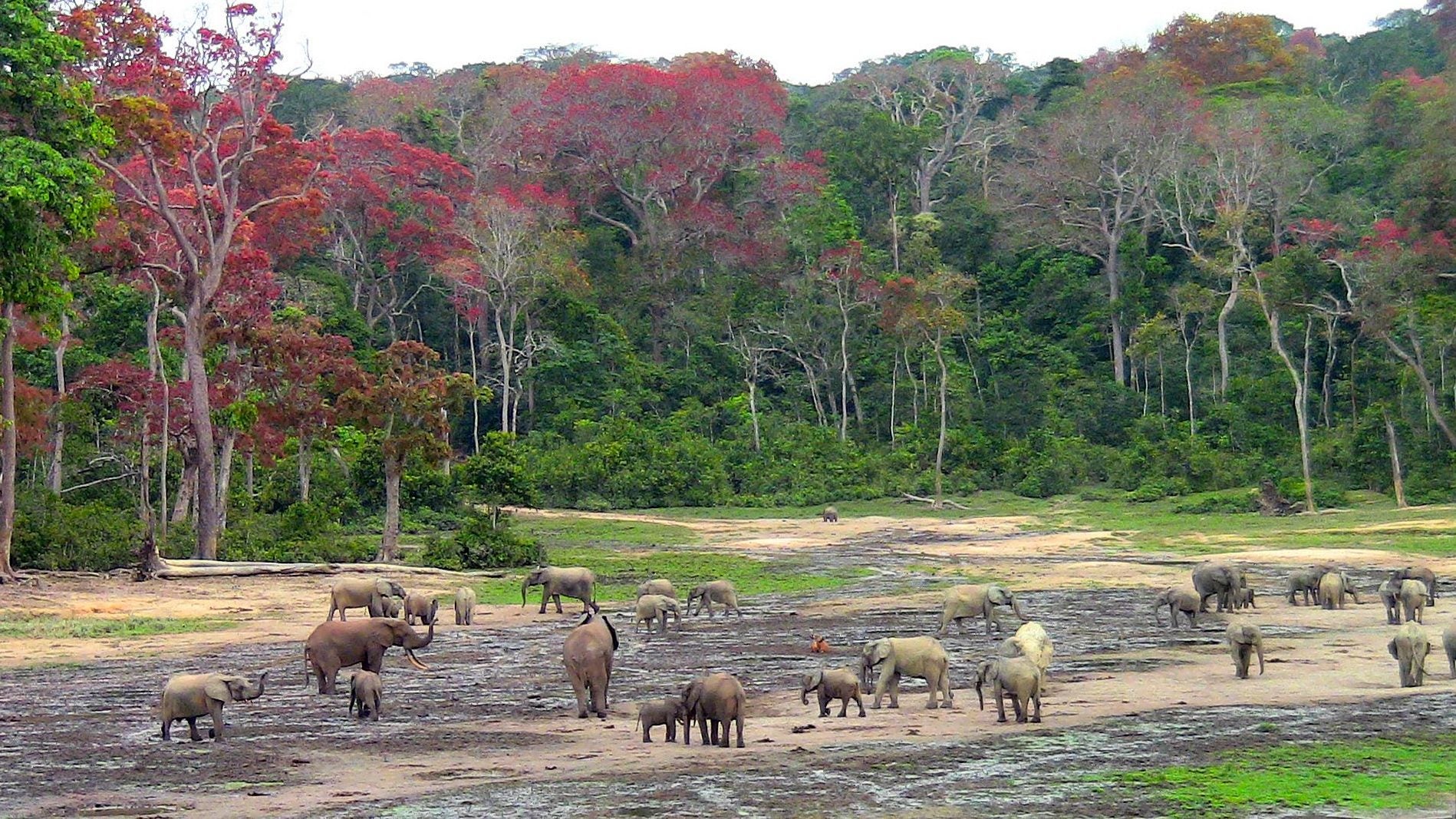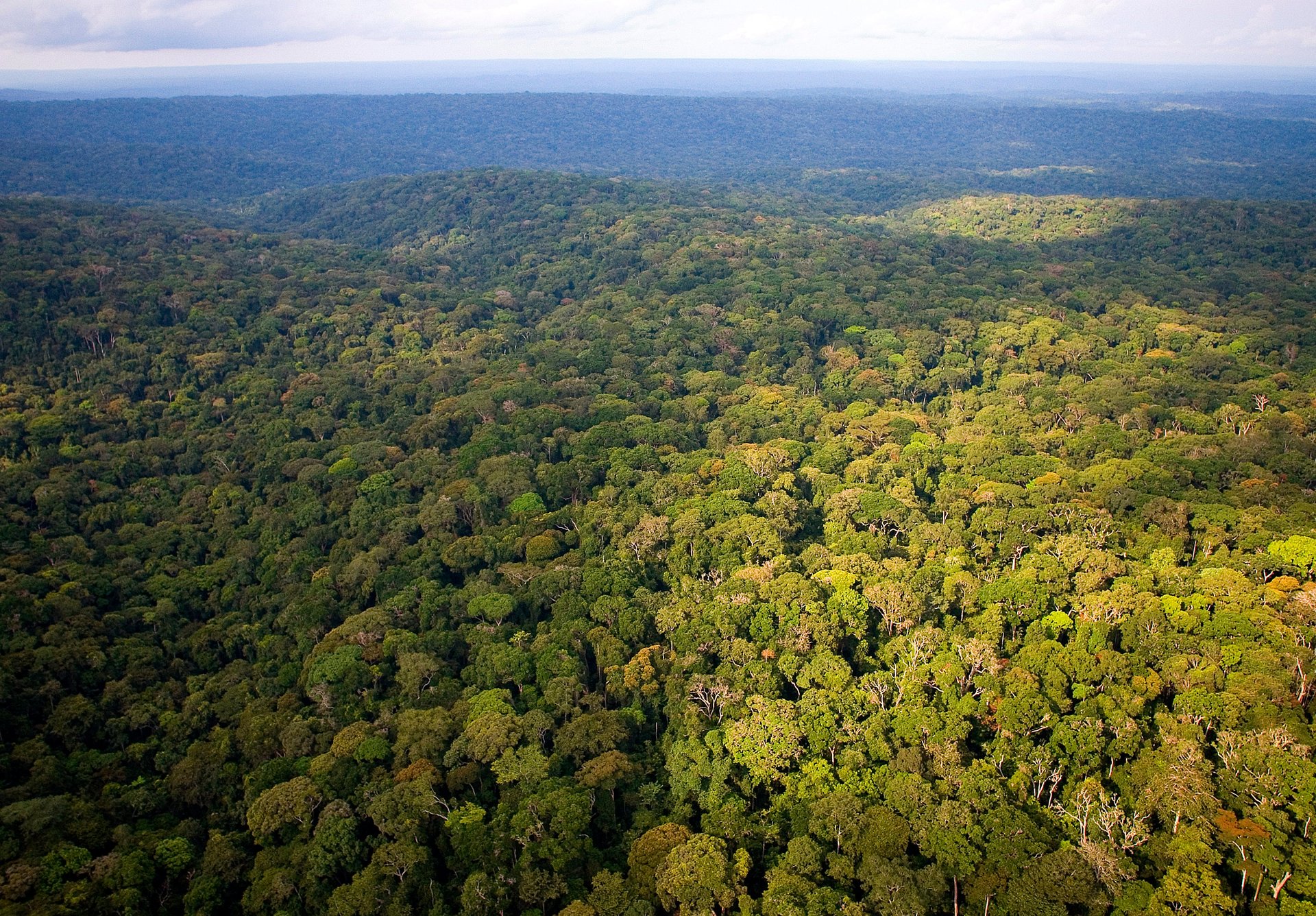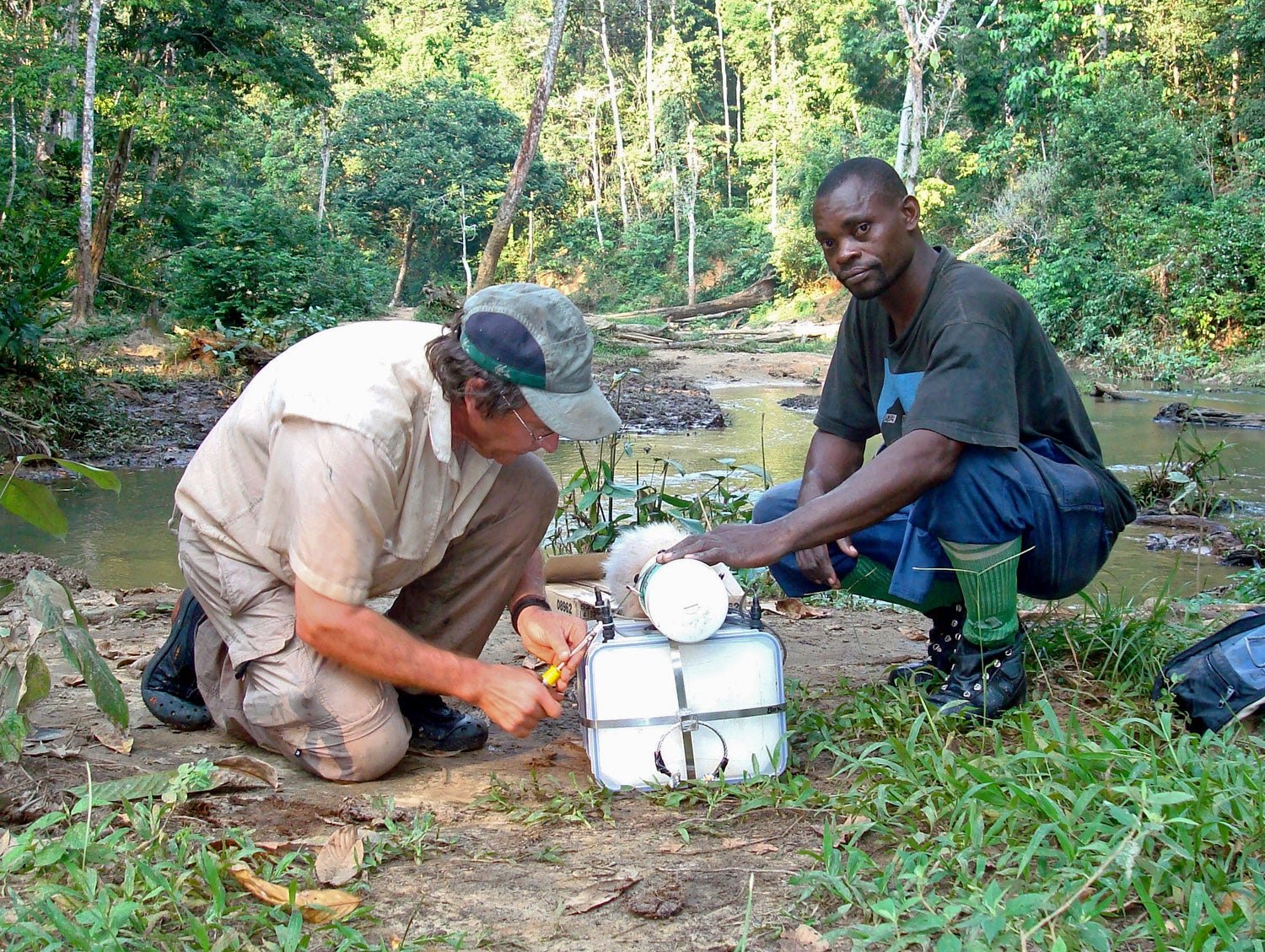AI is helping humans do a better job bringing poachers to justice
What do drones, dogs travelling by helicopter, and military veterans have in common? They’ve all been used in the fight against poaching and wildlife trafficking, garnering attention-grabbing headlines along the way. Now it’s artificial intelligence’s turn.


What do drones, dogs travelling by helicopter, and military veterans have in common? They’ve all been used in the fight against poaching and wildlife trafficking, garnering attention-grabbing headlines along the way. Now it’s artificial intelligence’s turn.
Conservationists are teaming up with computer scientists in the hopes that AI technology can help them keep up with poachers decimating the world’s wildlife populations. Cornell University announced this week that its Elephant Listening Project (ELP), which tracks African forest elephants in dense, remote parts of central Africa, has started seeing promising results from its work with Conservation Metrics, an artificial-intelligence startup.
ELP uses dozens of acoustic sensors to track the movement of forest elephants in a 580-sq-mile area of the Nouabalé-Ndoki National Park in the Republic of the Congo. It reports patterns in elephant calls and sounds of gunshots to park rangers who use the information to identify where herds are gathering and poachers are working. But the process of collecting the audio, analyzing the enormous files, and reporting back to the rangers can take up to three or four months.
Conservation Metrics is hoping to use machine learning and deep neural networks to shift the burden of sifting through audio from humans to machines, and, in the process, significantly cut down the time needed to analyze the audio. ELP director Peter Wrege describes the development of AI tools as “critical” to conservation work. “The quicker we can get that kind of information to the people who are making the decisions that affect [the animals’] survival, obviously the better,” says Wrege.

While ELP has been working with Conservation Metrics in some capacity for three years, the startup recently got funding from Microsoft’s AI for Earth initiative that will enable it to focus on the technology, according to Wrege. The initiative, which launched in December, gives grantees access to Microsoft AI tools and servers to combat complex environmental problems. Current AI for Earth projects range from using complex algorithms and computing resources to create more accurate and comprehensive maps of ecosystems, to building a wildlife database with the help of deep-learning algorithms.
“The potential of using artificial intelligence to monitor wildlife and combat wildlife crime seems endless,” writes Christopher Lile for the Jane Goodall Institute, another AI for Earth grantee.
But the use of AI tools has a long way to go in helping ecologists and park rangers deal with the on-the-ground challenges faced by poaching, Wrege says. In ELP’s case, that includes collecting audio recordings from hard-to-reach locations, downloading them, mailing the files from the Congo to the US, running the analysis, ensuring it doesn’t bring up false positives, and actually responding to the findings. “We’re not there next week,” Wrege says.
ELP is most excited about Conservation Metrics’ ability to develop an improved sound detector. Better audio tools could more accurately distinguish between, say, the sound of a gunshot versus the sound of an elephant stepping on a branch.

For modern artificial intelligence, this task isn’t a stretch. Running an algorithm on thousands of audio clips and associated words is how the voice recognition in Alexa, Siri, and Google Assistant work today. Limiting the sounds to gunshots or other noises associated with poachers only narrows what the algorithm is looking for, making it more accurate.
Fei Fang, an assistant professor at Carnegie Mellon University in Pennsylvania, has been working on AI and conservation since 2013. Her work uses game theory and machine learning to help park rangers plan more efficient patrols. Fang’s software analyzes different sources of data, like the geography of an area, where animal paths lie, and reports of where rangers have found poaching activity. The algorithm then tries to draw a route that increases the likelihood rangers on patrol will intersect with poachers and animals, while minimizing the elevation change, time of the expedition, and return trip to base camp. Juggling the impact of different demands on spatial navigation has already proven to be a task perfectly suited for machine learning—just look at Google Maps.
The CMU algorithm’s development was partially funded by the National Science Foundation, and it is already being used by organizations like the World Wide Foundation, and in places like China, Uganda, and Malaysia. It is also part of the AI for Earth initiative.
Artificial intelligence isn’t about replacing the efforts of conservationists, but enhancing their work, and helping to make it more efficient, Fang says. AI tools “can significantly reduce the workload of the humans. Or, as with what we did, it’s the same level [of] human effort but with a better effect, with a better conservation efficiency.” Wrege agrees, noting the importance of keeping in mind that artificial intelligence is just one tool in an evolving approach to illegal wildlife activity.
Fang says AI researchers need to do more work to fully understand the challenges faced by park rangers and ecologists. “Clearly AI cannot do everything and it cannot replace the human effort,” Fang says. “We would like to work more with the people on the ground to see what they might need, how they do things in the field, and what are the aspects that can potentially help.”
—Dave Gershgorn contributed reporting
This story was updated to clarify that the National Science Foundation partially funded the development of the CMU algorithm.